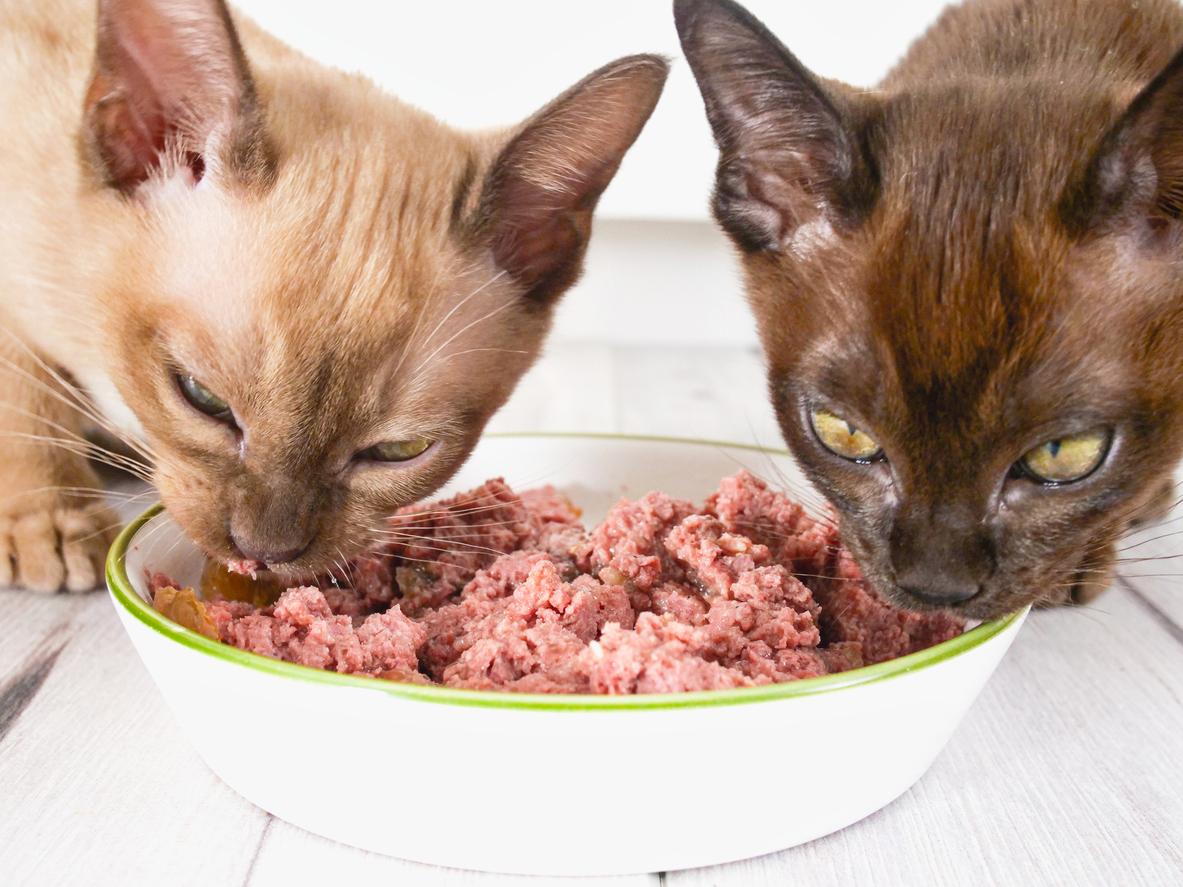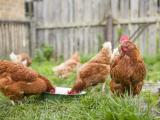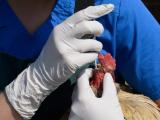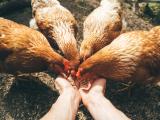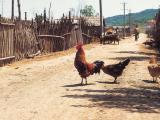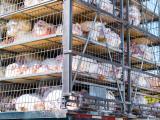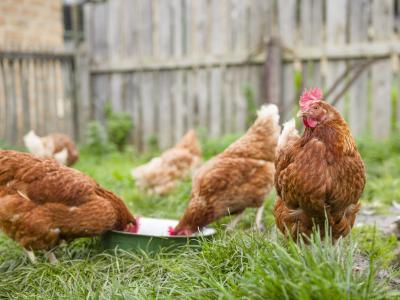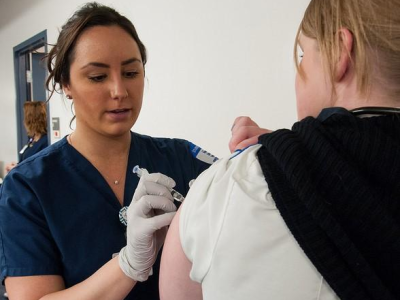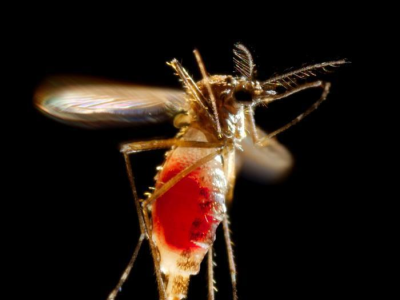On New Year's Eve the Los Angeles County Department of Public Health (LADPH) urged pet owners to avoid feeding pets raw food after tests found links between a cat's H5 avian flu illness and raw food sold by Monarch Raw Pet Food at California farmer's markets.
The announcement marks the second raw pet food company tied to related illnesses in cats. Last week, Oregon officials reported similar findings involving one type of frozen raw pet food from Northwest Naturals that was marketed nationally.
In its statement, the LADPH said H5 avian flu from product samples of Monarch Raw Pet Food has been found in an investigation into an illness involving a house cat with a lab-confirmed infection after consuming the product. Four other cats from the same household have presumed H5 infections after eating the same food.
Officials said an investigation is still under way into fatal illnesses of four cats from a separate household that had drunk raw milk.
No human infections have been identified in people who were exposed to sick cats in the two households.
According to Monarch Raw Pet Food's website, the food was sold at farmer's markets in Laguna Niguel, Orange, San Jacinto, and Fountain Valley. The company said its raw meat pet food is made from raw ground chicken composed of muscle, organ meat, skin, fat, and bone and that it is sourced from human-grade free-range poultry raised in the San Joaquin Valley.
Virus strikes more poultry in 8 states, cows in California
Meanwhile, over the past few days, the US Department of Agriculture (USDA) Animal and Plant Health Inspection Service (APHIS) has confirmed more H5N1 poultry outbreaks across eights states, including commercial broiler, turkey, and egg-laying farms.
Michigan has two more outbreaks at turkey farms in Ottawa County, with Arkansas, Mississippi, and Nebraska all reporting events involving broiler farms. California, hard hit by both poultry and dairy cattle outbreaks, has two more affected farms, one a layer farm and the other a backyard flock.
Four other states—Michigan, Idaho, Tennessee, and Kansas—reported new H5N1 detections in backyard flocks.
Since the outbreaks began in February 2022, the events have led to the loss of nearly 130 million birds, hitting poultry flocks in all 50 states. In the final months of 2024, outbreaks began ramping up in October in connection with wild birds migrating south, and outbreaks in poultry have risen steadily since then.
APHIS also confirmed two more H5N1 detections in dairy cattle, both in California, raising the state's affected herds to 699 and the national total to 915 across 16 states.
FDA launches raw milk cheese testing
In other H5N1 developments, the US Food and Drug Administration (FDA) on December 30 announced a plan to test aged raw cow milk cheese for H5N1. The goals are to assess if live virus is present in the cheese and to take follow-up actions, if needed, to address any contamination.
In the United States, cheese made from raw milk must be aged for at least 60 days to cut the risk of any pathogens that may be present. Sample collection was expected to begin as soon as the end of December 2024 and be completed by the end of March 2025.
Ohio issues waterfowl alert
Finally, the Ohio Department of Natural Resources on December 31 announced it has collected and submitted samples from several dead wild birds to assess for highly pathogenic avian flu. The bird deaths were reported from 11 different counties and mainly consisted of Canada geese, trumpeter swans, and a mallard.
Officials urged the public to avoid handling sick or dead birds. Wildlife departments in other states recently issued similar warnings, including Illinois, Iowa, Missouri, and Louisiana.
